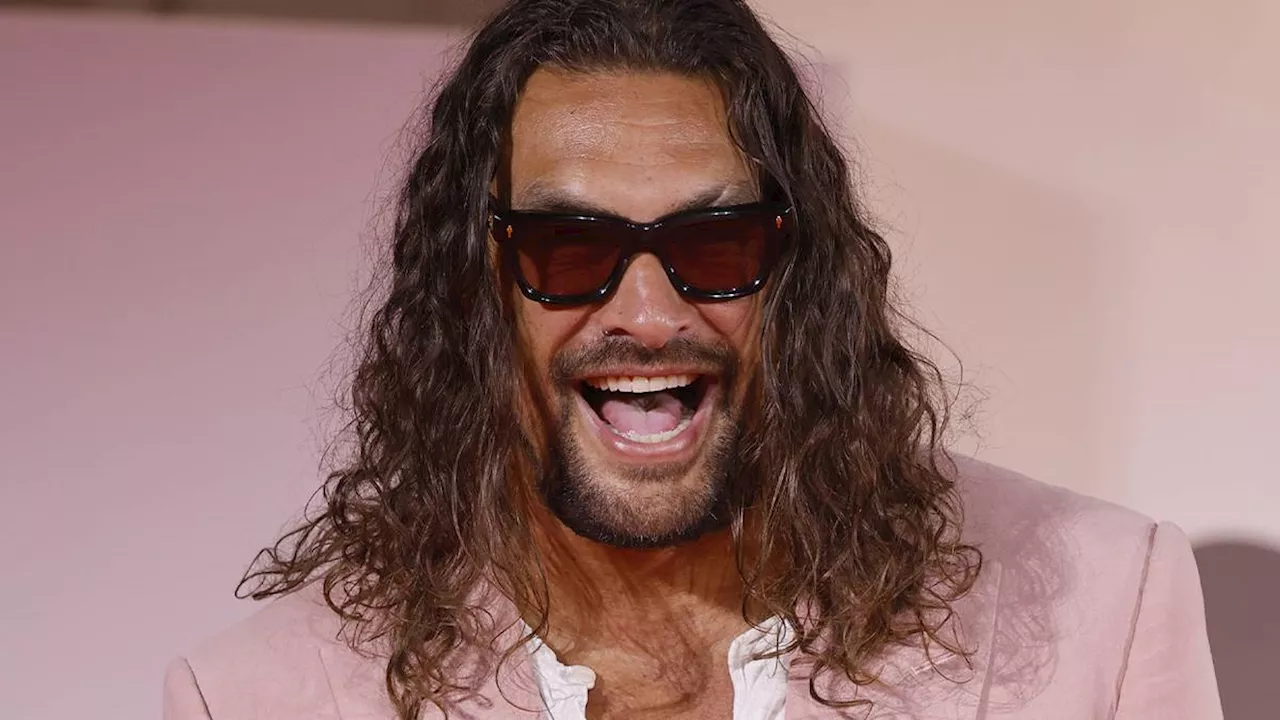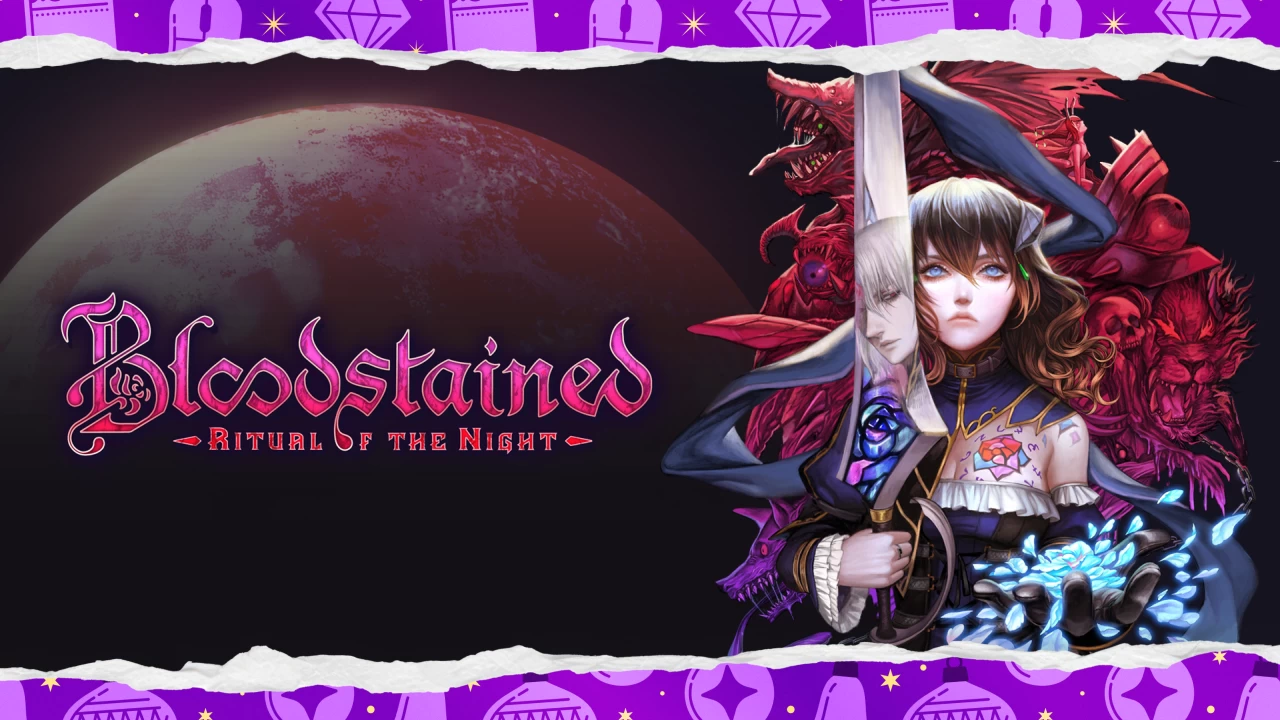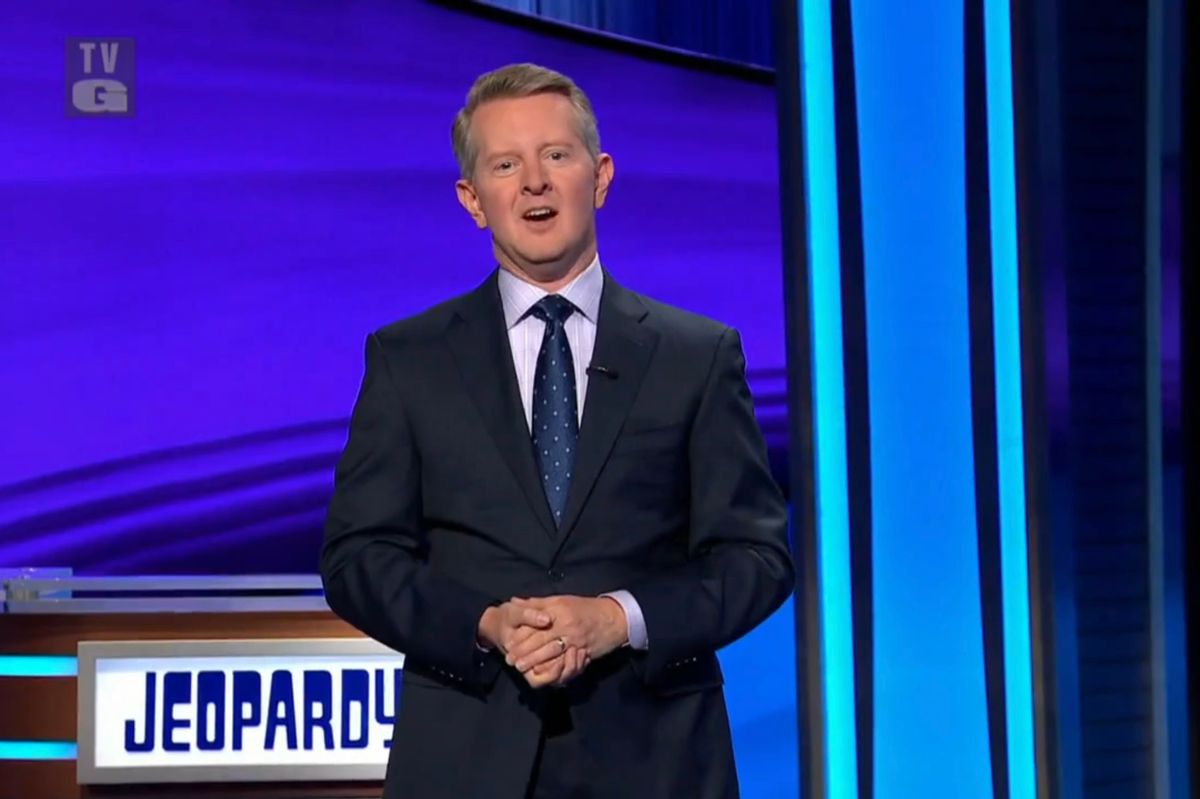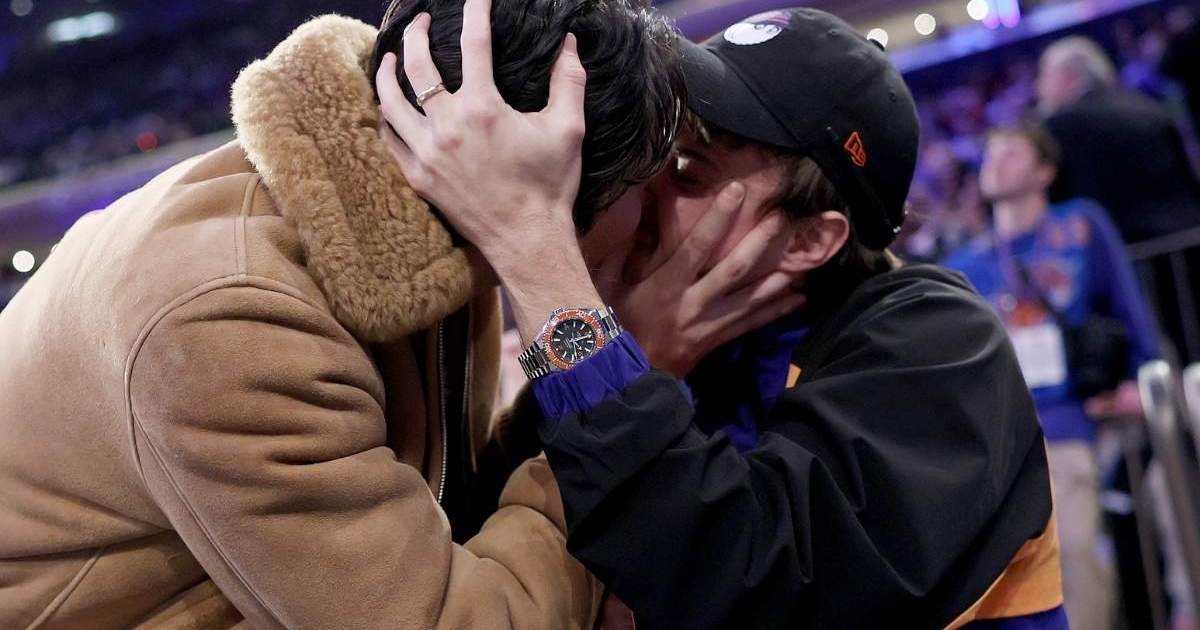The ongoing dispute between YouTube TV and The Walt Disney Company has resulted in a significant blackout of Disney-owned channels, including ESPN and ABC, affecting millions of subscribers. This disruption began on October 31, 2025, coinciding with critical events in college football and major political coverage. The blackout reflects deeper tensions in the media landscape, driven by escalating carriage fee negotiations between the two giants.
The heart of the disagreement lies in the carriage fees that distributors like YouTube TV pay to content providers such as Disney. As reported by USA Today, Disney is pushing for increased fees to account for rising production costs and the premium nature of its sports content. YouTube TV, however, argues that such increases would ultimately burden consumers who are already facing rising subscription costs.
As the blackout extends into its second week, both parties remain entrenched in their positions. Disney offered to temporarily restore ABC for election coverage on November 4, but YouTube rejected this proposal, insisting on a comprehensive deal. This impasse has left viewers without access to key broadcasts, including “Monday Night Football,” leading to rising frustration among users who rely on YouTube TV for a mix of live and on-demand programming.
Subscriber Reactions and Market Dynamics
The consumer response has been swift, with a survey highlighted in Variety indicating that 24% of YouTube TV subscribers either have canceled or plan to cancel their subscriptions due to the loss of essential programming. Social media platforms are flooded with complaints, as users express their frustration and consider alternatives like Sling TV and FuboTV. Reports from Business Insider show that these competitors have experienced app usage spikes of over 35%, underscoring the fragile loyalty in the streaming market, where availability of content can significantly influence user choices.
In an effort to retain subscribers, YouTube TV has reduced its monthly price from $72.99 to $52.99 during the blackout and is offering a $20 credit if an agreement is not reached by November 9. Despite these measures, optimism for a quick resolution appears to be dwindling. A memo from Disney executives, referenced by the Hollywood Reporter, suggests that the blackout could extend through the weekend of November 8-9, during crucial college basketball and NFL matchups.
Behind the scenes, negotiations are ongoing, with Google proposing to restore Disney channels incrementally while talks continue. However, Disney has rejected such offers, emphasizing the need for a complete agreement.
Historical Context and Industry Implications
Past disputes offer insight into how long this blackout might last. According to Business Insider, similar negotiations have historically resolved within weeks, though tensions can prolong the process, particularly when high stakes are involved. The 2024 DirecTV-Disney feud serves as a reminder of how public pressure and regulatory scrutiny can influence outcomes.
This blackout occurs during a pivotal moment in the media rights landscape, with tech companies like Amazon and Netflix increasing their involvement in sports broadcasting. Disney’s stronghold on live sports, particularly through ESPN, gives it leverage, but YouTube TV’s extensive subscriber base complicates the negotiation dynamics.
Financially, the implications are significant for both companies. Alphabet’s stock saw a decline of 2.6% on November 7 due to concerns over potential subscriber loss, while Disney risks losing substantial revenue from advertising and affiliate fees, potentially amounting to tens of millions each week. Analysts suggest that prolonged disputes could accelerate the trend of cord-cutting, where viewers turn to over-the-top services or resort to unofficial means to access content.
As negotiations continue, ESPN personalities have taken to social media and airwaves to appeal directly to fans, urging them to express their concerns to YouTube TV. Despite these efforts, many subscribers are directing their frustration towards both companies, perceiving the situation as a result of corporate greed.
Looking ahead, experts anticipate that a deal could be reached by mid-November, ideally aligned with the upcoming holiday sports events. If the situation deteriorates further, it could lead to legal actions from subscribers, although such outcomes are relatively rare.
Ultimately, this dispute illustrates the evolving nature of carriage negotiations within the streaming ecosystem. Disney’s insistence on higher fees reflects the increasing value placed on live content, while YouTube TV’s resistance signals a pushback against traditional pricing models. As the negotiations progress, the impact on consumers remains clear: they are the ones bearing the brunt of a conflict that highlights the complexities of modern media consumption.







